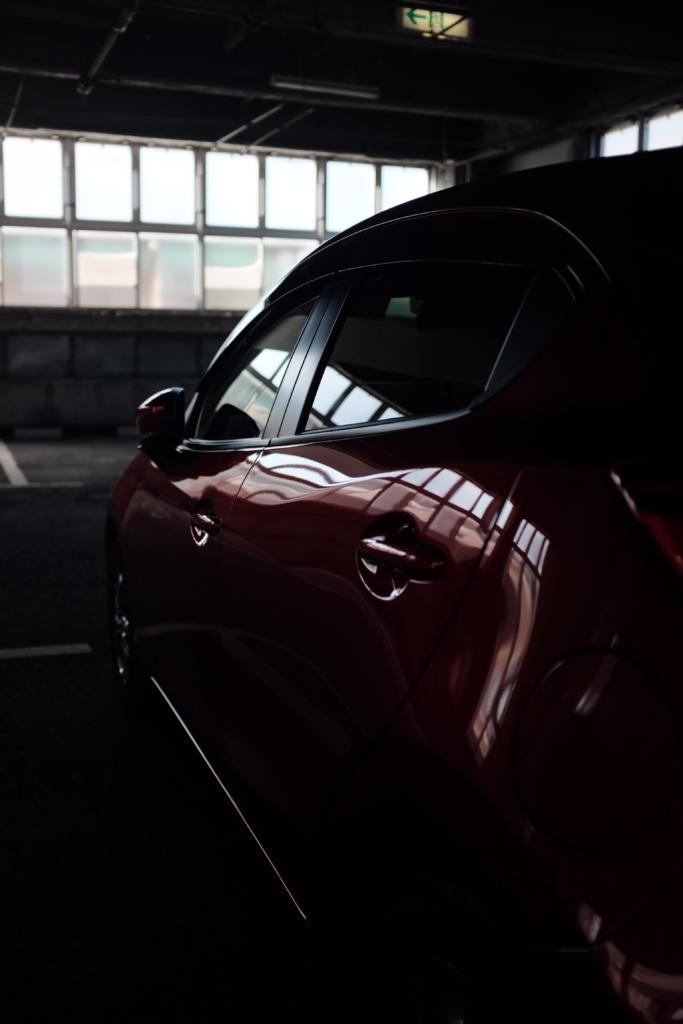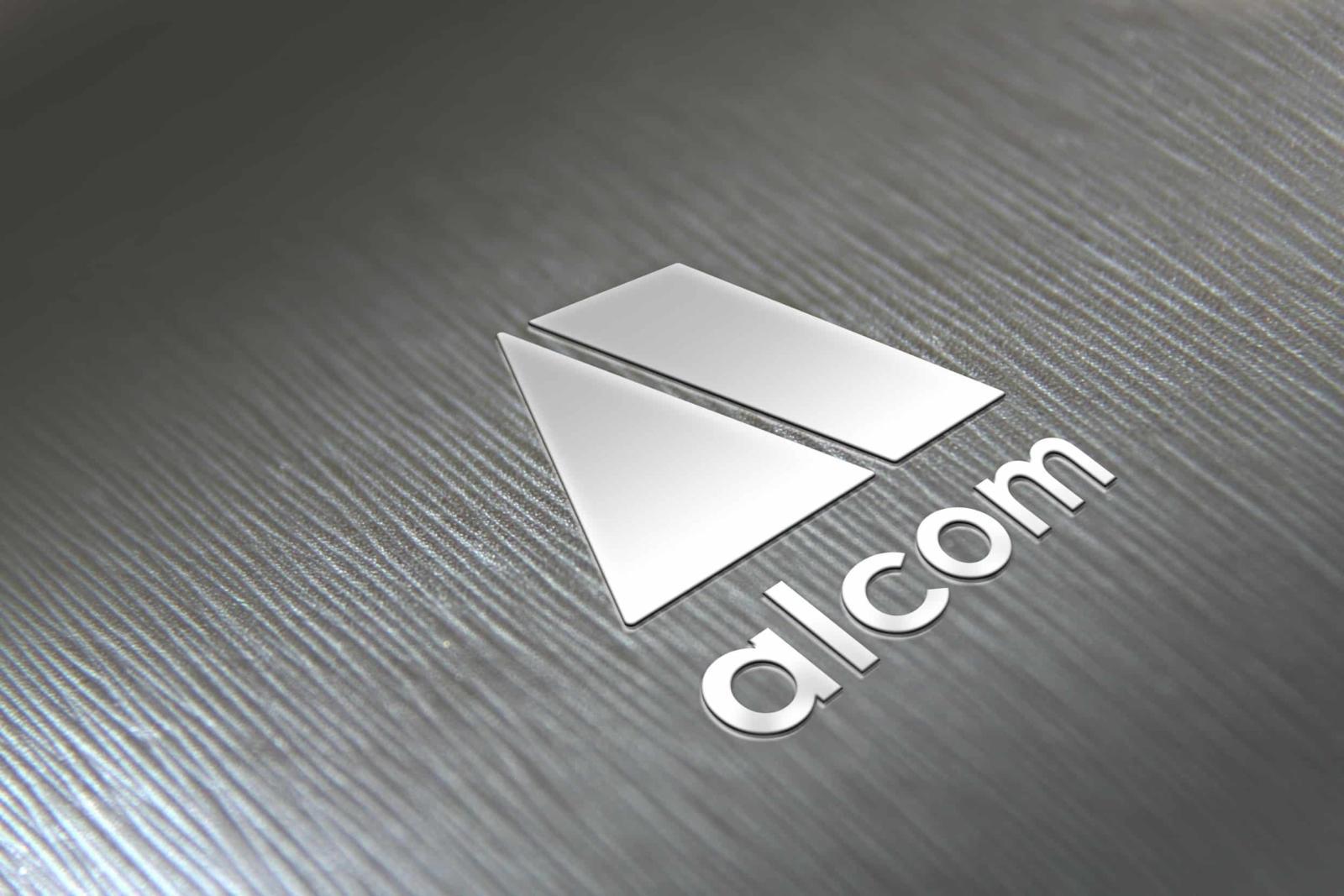Alloy – The What’s, Where’s and Why’s
An aluminium alloy can consist of a combination of any two or more metals. The distinguishing characteristic is that the metal blend contains more aluminum than any of the other metallic elements. Zinc, copper and manganese are three of the metals most frequently found in these mixtures.
What is wrought alloy?
The majority of aluminum alloys are classified as wrought alloy versus casting alloy. This means the end products are wrought, or shaped. Aluminum rolled plate, aluminum foils and aluminum extrusions are its typical outputs. Wrought alloy also has a higher tensile strength than cast aluminum. As a result, it can better hold up to the stress of stretching or pulling.
In what industries are aluminium used and why?
Any industry that requires lightweight components and a high ability for those components to resists corrosion are wide users. That includes engineering and aerospace manufacturing, particularly aircraft and helicopters, as well as the marine, cycling and automotive manufacturing industries. Its low flammability factor makes the metal combo extremely attractive to the transportation industries. And its shiny appearance, thanks to its aluminum oxide forming a clear, protective layer on the exterior, is also a draw.

Why does the engineering and other industries prefer it over steel?
Because aluminum is so lightweight, by combining it with other strong metals, it is durable without the heft of steel. As Wikipedia explains, “In general, stiffer and lighter designs can be achieved with aluminum alloys than is feasible with steels.”
How is it used in the aerospace industry?
Because of their high strength, scandium-reinforced aluminum alloys are used to make the Russian Mig 21 and Mig 29 fighter aircraft, commonly referred to by NATO as the Fulcrum, but that’s just one example. The scandium aluminum combination makes such an alloy one of the strongest available without adding significant weight that might hinder an aircraft’s ability to fly.
What are some of the marine applications?
Ship and boat builders will often incorporate it into their craft. Again, the main reason is the lightweight property of the metal, but the alloy’s non-corrosive properties also hold up well to salt water’s constant assault.
And what about the automotive industry?

Finding a vehicle that does not incorporate aluminum alloy into its design is more unlikely than not these days. Such a metal combination is the one of choice in automotive engines, “particularly in cylinder blocks and crankcases due to the weight savings that are possible,” Wikipedia explains. Both internal and external automotive body panels also routinely feature it. In addition, hoods and truck and trailer panels also incorporate it into their designs, and the sheets are used for automobile frames and wheel castings.
Aluminium sheets-what’s the difference?
By its pure definition, all it has to do with the thickness of the material. Aluminum alloy in sheet gauge ranges from 0.006 inches up to 0.080 inches in thickness. This is true regardless of the metal combination type. In contrast, aluminum foil is much thinner-any material less than 0.006 inches. To round out the various aluminum alloy definitions, any item with a thickness greater than 0.080 inches is considered metal plate.
By C. Meyman
As one of the leading rolled products producer in Malaysia, Alcom supplies a wide range of coil and sheet for general engineering, architectural, construction and manufacturing industries. Our coil, sheet and plate are characteristically tailor-made to suit customers’ preference.

